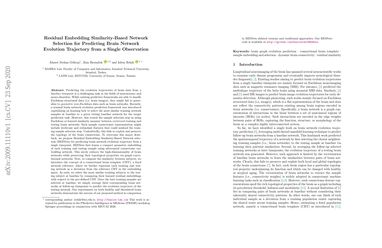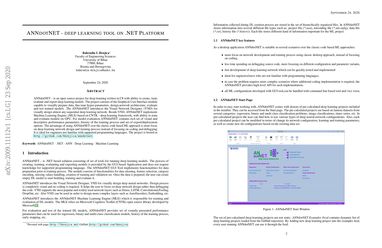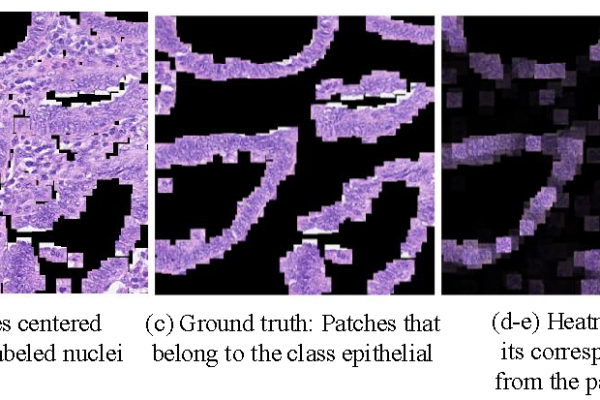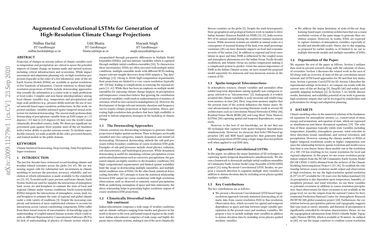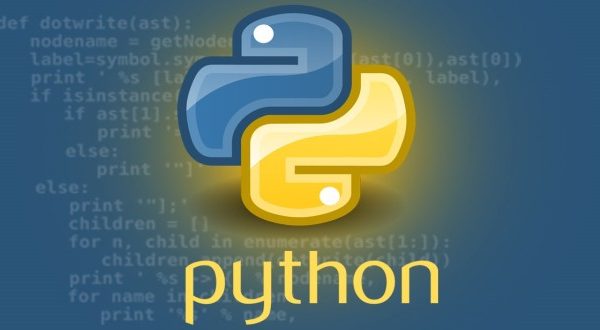Residual Embedding Similarity-Based Network Selection for Predicting Brain Network Evolution Trajectory from a Single Observation
While existing predictive frameworks are able to handle Euclidean structured data (i.e, brain images), they might fail to generalize to geometric non-Euclidean data such as brain networks. Besides, these are rooted the sample selection step in using Euclidean or learned similarity measure between vectorized training and testing brain networks… Such sample connectomic representation might include irrelevant and redundant features that could mislead the training sample selection step. Undoubtedly, this fails to exploit and preserve the topology of the brain connectome. […]
Read more